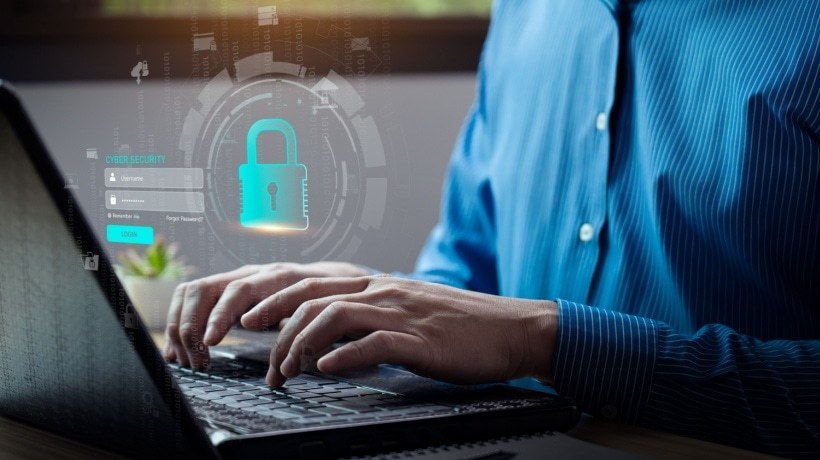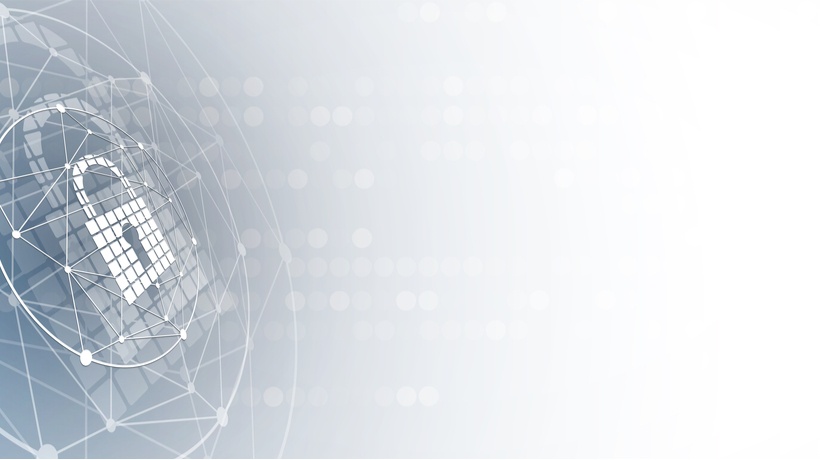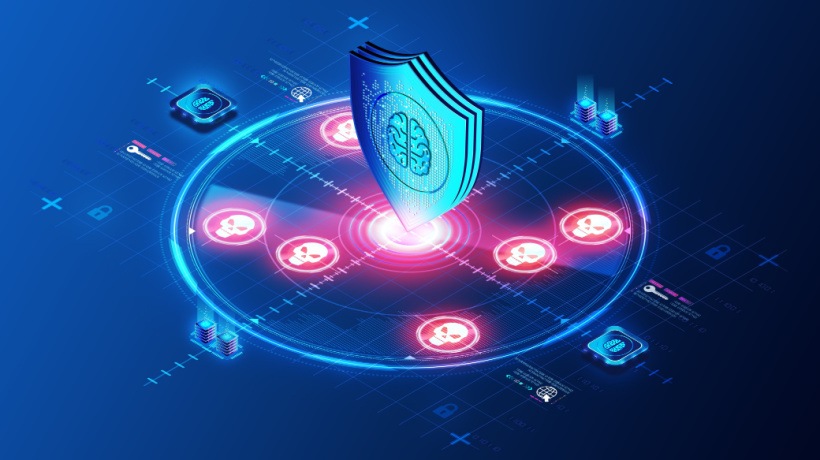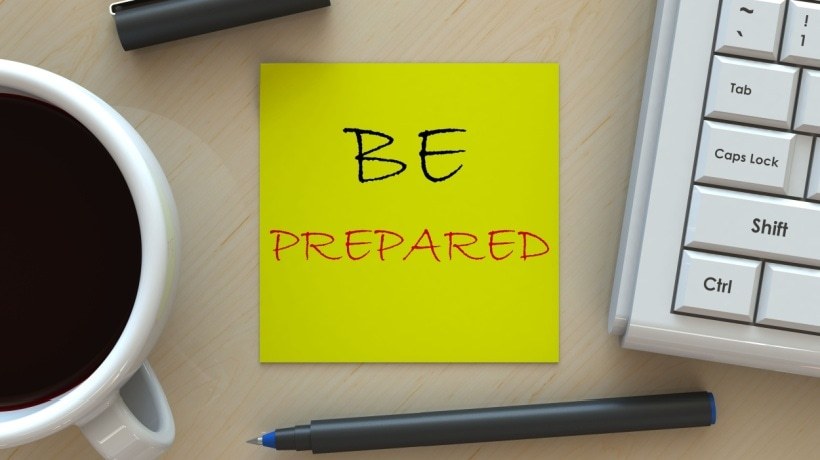Building Strength In A Connected World
In a world where every click and connection creates both opportunity and exposure, digital progress and digital risk now go hand in hand. As technology propels organizational innovation, it simultaneously widens the surface for cyberthreats. From AI-generated attacks to sophisticated ransomware, what was once an IT problem is now everyone's responsibility.
This article explores how organizations can move past defense to build resilient-by-design cybersecurity: the ability to anticipate, withstand, recover, and adapt in the face of evolving digital threats.
As Stéphane Nappo, former Global CISO at Société Générale, once noted, "It takes 20 years to build a reputation and a few minutes of a cyber incident to ruin it."
The Expanding Threat Landscape
The cybersecurity environment has evolved faster than many organizations can keep up. With digital transformation, remote work, and connected devices defining modern operations, the boundaries between systems, people, and data have blurred. This has created fertile ground for threat actors who now use Artificial Intelligence to craft convincing phishing messages, impersonate trusted voices, and automate large-scale attacks.
At the same time, cloud migration and the rise of the Internet of Things have connected more devices and platforms than ever before. A single vulnerability in one system can cascade across networks, disrupting operations, damaging reputations, and putting compliance at risk.
Recent data underscores this reality. The World Economic Forum's Global Risks Report 2024 listed cyber insecurity among the top five global risks over the next two years. Meanwhile, IBM's Cost of a Data Breach Report 2024 revealed that the average cost of a data breach has reached $4.88 million globally, marking a 10% increase over the past three years.
Why Resilience Matters More Than Ever
Traditional cybersecurity models were built on a simple goal: keep the bad actors out. Firewalls, endpoint protection, and access controls worked well when systems were contained and predictable. Today, that approach struggles to hold up in a connected world. In a connected ecosystem where data moves across borders and users log in from everywhere, complete prevention is impossible.
This is where resilience takes center stage. Resilience focuses less on avoiding every threat and more on ensuring business continuity and rapid recovery when challenges arise. It shifts the focus from defense to durability. A resilient organization understands its most critical assets, identifies vulnerabilities, and prepares to adapt quickly. It accepts that breaches may happen but ensures they do not paralyze operations or erode trust.
To embed resilience, leaders should focus on three core principles:
- Visibility and preparedness – Map the organization's digital ecosystem, including suppliers and third-party partners, to understand where risks lie.
- Agility in response – Establish clear playbooks, roles, and decision pathways for incident management to enable fast, coordinated action.
- Continuous learning – Treat every disruption as a feedback loop to strengthen policies, technologies, and training.
When resilience becomes part of the culture, cybersecurity stops being a reactive exercise and becomes an organizational strength.
The Human Element Of Cyber Resilience
Technology can automate response, but human judgment remains irreplaceable. Human error, accidental data sharing, and social engineering continue to cause the majority of breaches. Verizon's 2023 Data Breach Investigations Report found that 74% of all breaches involved the human element, whether through error, privilege misuse, or social engineering.
Building resilience, therefore, begins with empowering people to recognize and respond to threats. Cyberawareness training works best when it inspires action, not when it satisfies audits. Immersive learning now allows employees to step into realistic cyber situations, turning awareness into hands-on experience. Whether through gamified scenarios or role-play simulations, these experiences help individuals internalize the right instincts. They also build confidence, turning employees from potential weak links into empowered defenders of the organization.
Sustaining this behavioral shift requires a learning culture that keeps cybersecurity visible and relevant. When teams understand why security matters and how their actions contribute to protecting the business, they develop a sense of ownership. Culture, in this sense, becomes the organization's strongest firewall.
Leveraging Technology To Strengthen Defense
Technology remains essential to building resilience. Artificial Intelligence and automation can detect and neutralize threats faster than traditional systems ever could. Machine learning models now analyze massive datasets to identify anomalies, predict breaches, and block malicious behavior in real time.
Security automation platforms, such as Security Orchestration, Automation, and Response (SOAR) systems, can handle routine alerts, freeing human analysts to focus on high-impact decisions. However, technology is only effective when guided by human judgment. The growing use of AI in both attack and defense means organizations must maintain strong governance, clear oversight, and ethical controls to avoid new risks.
One of the most powerful shifts underway is the adoption of Zero Trust Architecture (ZTA). This model assumes that no user, device, or network can be inherently trusted. Every access request must be authenticated and continuously verified. As work grows more fluid and decentralized, identity has replaced the office network as the front line of defense. Protecting it is fundamental to a resilient strategy.
Creating A Future-Proof Cyber Resilience Framework
No single initiative or technology alone can deliver true cyber resilience. It is a long-term, organization-wide effort that connects governance, people, and process. The most forward-thinking organizations build it into their DNA by focusing on these pillars:
- Governance and risk management – Assign accountability for cybersecurity across leadership levels. Conduct regular assessments to identify critical assets and simulate attack scenarios to expose vulnerabilities.
- People and culture – Foster an environment where every employee feels responsible for security. Recognize and reward proactive reporting and encourage collaboration between IT, HR, and operations.
- Technology and architecture – Layer defenses intelligently and ensure that tools across cloud, endpoint, and identity systems are integrated rather than isolated.
- Incident readiness – Create and rehearse response plans. Tabletop exercises and live simulations help teams build confidence under pressure.
- Continuous improvement – After every incident or audit, capture lessons learned, update policies, and share knowledge across teams.
When resilience is built into strategy rather than added as an afterthought, it becomes a competitive advantage. Organizations that can maintain trust and continuity during disruption earn long-term loyalty from both customers and employees.
Parting Thoughts
The next wave of cybersecurity challenges will be defined by complexity. AI-driven threats will become more sophisticated, regulatory expectations will intensify, and digital ecosystems will grow increasingly interconnected. Yet, these challenges also open opportunities for innovation, collaboration, and growth through continuous learning.
Organizations that succeed will be those that combine advanced technology with a resilient mindset. The human element will shift from being the weakest link to the organization's strongest defense.










